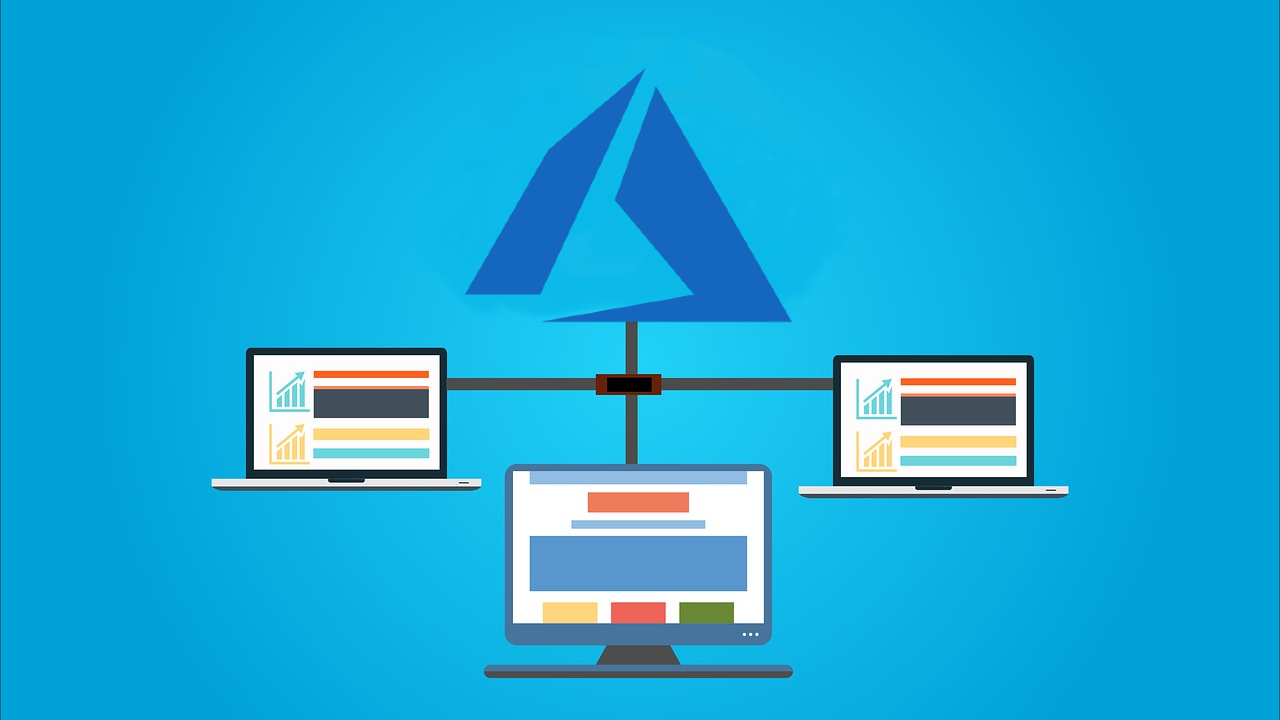In the past few months, cloud computing platforms have seen skyrocketing growth in the wake of the pandemic. The cloud market is estimated to grow from $371.4 billion from 2020 to $832.1 billion in 2025, at a CAGR of 17.5%. Meanwhile, tech giants have been working to make cloud systems more affordable and accessible to startups, application developers and enterprises.
The number of job openings in the cloud sector, ranging from cloud network engineer to cloud developer to cloud architect, has increased exponentially compared to the last two years. Previously, we discussed the steps to migrate from Hadoop on-premise to Google Cloud Platform (GCP).
Here, we will explain how to move the data from Hadoop on-premise to Microsoft Azure.
Benefits Of Migrating To Azure HDInsight
Before discussing the steps, let’s look at some of the benefits in migrating to Azure HDInsight.
- Easily Scalable: Azure HDInsight enables users to scale workloads up or down. The platform takes care of data redistribution as well as workload rebalancing without interrupting data processing jobs.
- Secure and Compliant: Azure HDInsight enables users to protect the enterprise data assets with encryption, and integration with Azure Active Directory.
- Simplified Version Management: Azure HDInsight manages the version of Hadoop ecosystem components and keeps them updated.
- Extensibility With Custom Tools or Third-Party Applications: The clusters of HDInsight can be extended with installed components. They can also be integrated with other popular big data solutions.
- Integration With Other Azure Services: HDInsight can easily be integrated with other popular Azure services, such as Azure Data Lake Storage Gen2, Azure SQL Database, Azure Data Factory (ADF), and more.
- Self-Healing Processes and Components: The Azure HDInsight monitors infrastructure and open-source components round the clock. It also recovers critical failures such as unavailability of open-source components and nodes automatically.
Steps To Migrate
Primarily, you have two key options to migrate data from Hadoop on-premises to Azure HDInsight:
1| Transfer data over network with TLS
- Over Internet- You can easily transfer large amounts of data to Azure cloud storage through the internet. This can be done by using several tools, including Azure Storage Explorer, AzCopy, Azure Powershell, etc.
Know more here.
- Express Route- ExpressRoute is a Microsoft Azure service which lets users create private connections between Microsoft data centres and infrastructure on the premises or in a colocation facility.
Know more here.
- Data Box Online Data Transfer- Data Box Gateway and Data Box Edge are the online data transfer products which act as network storage gateways. Data Box Edge is an on-premises network device that can transfer data to and from Azure cloud and utilises artificial intelligence-enabled edge compute to process the data. Data Box Gateway is a virtual appliance with storage gateway capabilities.
Know more here.
2| Shipping Data Offline
In this process, Data Box, Data Box Disk as well as Data Box Heavy devices help users transfer huge volumes of data to Azure offline. These offline data transfer devices are shipped between the organisation and the Azure data centre. They use AES encryption to help guard the data in transit. They also undergo a thorough post-upload sanitisation process to delete the data from the device.
Click here to know more about the migration.












































































